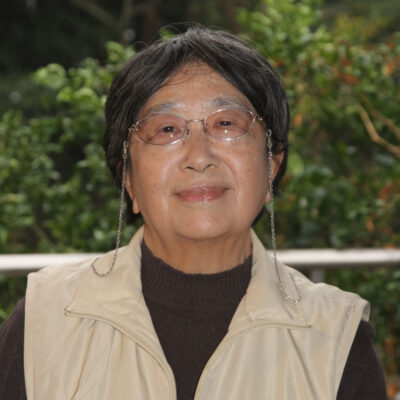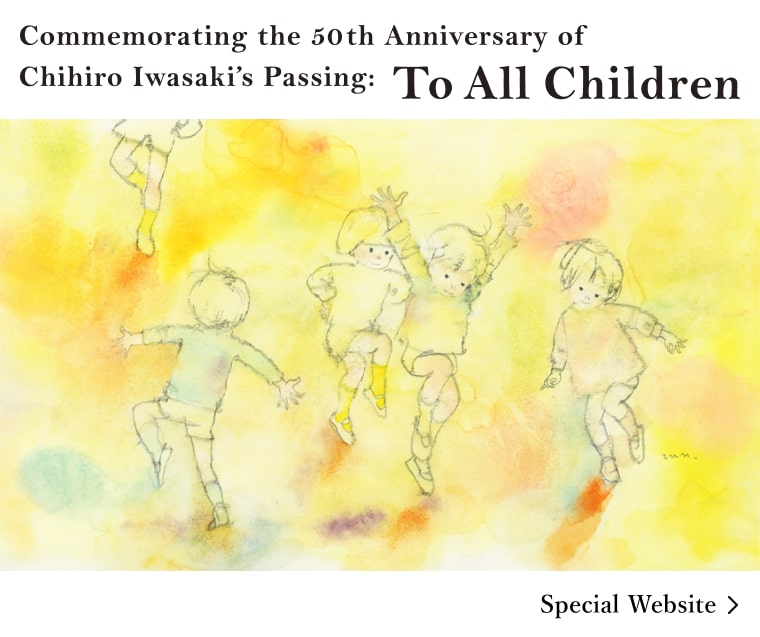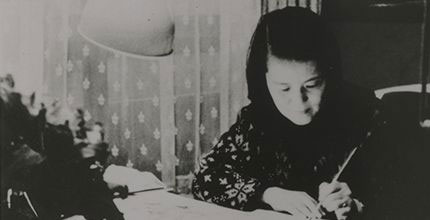
Chihiro Iwasaki, Girl Holding a Bunch of Grapes, 1973
-
Commemorating the 50th Anniversary of Chihiro Iwasaki’s Passing: To All Children Life, Here and There
When Chihiro Iwasaki was living and creating illustrations in Shimoshakujii, Tokyo, more than five decades ago, Japan was in the midst of rapid economic growth. In the name of development, trees were cut down, rivers were buried, and the number of flowers and plants that were usually seen decreased. Chihiro said, “In my picture books, I try to depict the various kinds of kindness and beauty that have disappeared from the Japan of today.” In saying this, she may also have been expressing the alarm she felt at the loss of nature around her. Fifty years have passed since then, and many living things continue to disappear daily from this earth. We hope that this exhibition will provide visitors with the opportunity to enjoy and consider how we can coexist with different forms of life aside from humans.

Exhibition Cooperation: Izumi Washitani (Professor Emeritus, the University of Tokyo / ecology & conservation ecology)
Professor Washitani, a Doctor of Science, is the recipient of such awards as the MIDORI Academic Prize and the Achievement Award of the Ecological Society of Japan. She has taught and conducted research in ecology and conservation ecology at the University of Tsukuba, the University of Tokyo, and Chuo University. Her major published books for public include Nippon Shizen Saisei Kiko (Japan Nature Restoration Travelogue), Satoyama—Seibutsu Tayosei to Seitai Moyo (Satoyama—Biodiversity and Ecosystem Patterns), and Seibutsu Tayosei Nyumon (Introduction to Biodiversity) (all from Iwanami Shoten).
The global goal of the Convention of Biological Diversity is “to live in harmony with nature.” Today, we have lost most of the biodiversity of grasslands maintained by periodical burning from the distant past where humans and nature had lived in harmony. I hope that visitors will enjoy viewing these precious illustrations depicting children being familiar with wildflowers, including this day’s endangered species, and bracken, and experience a small “Garden of Mutualism” with real such plants. Also, the color purple that is so appealing in Chihiro’s works is the natural color of ripe fruits and flowers, which plants have evolved to develop mutualistic relationships with animals helping plant reproduction. I hope this exhibition will prove enjoyable to both the senses and the intellect through the various shades of purple on display, from red to blue, as the color of mutualism.






SNS Menu